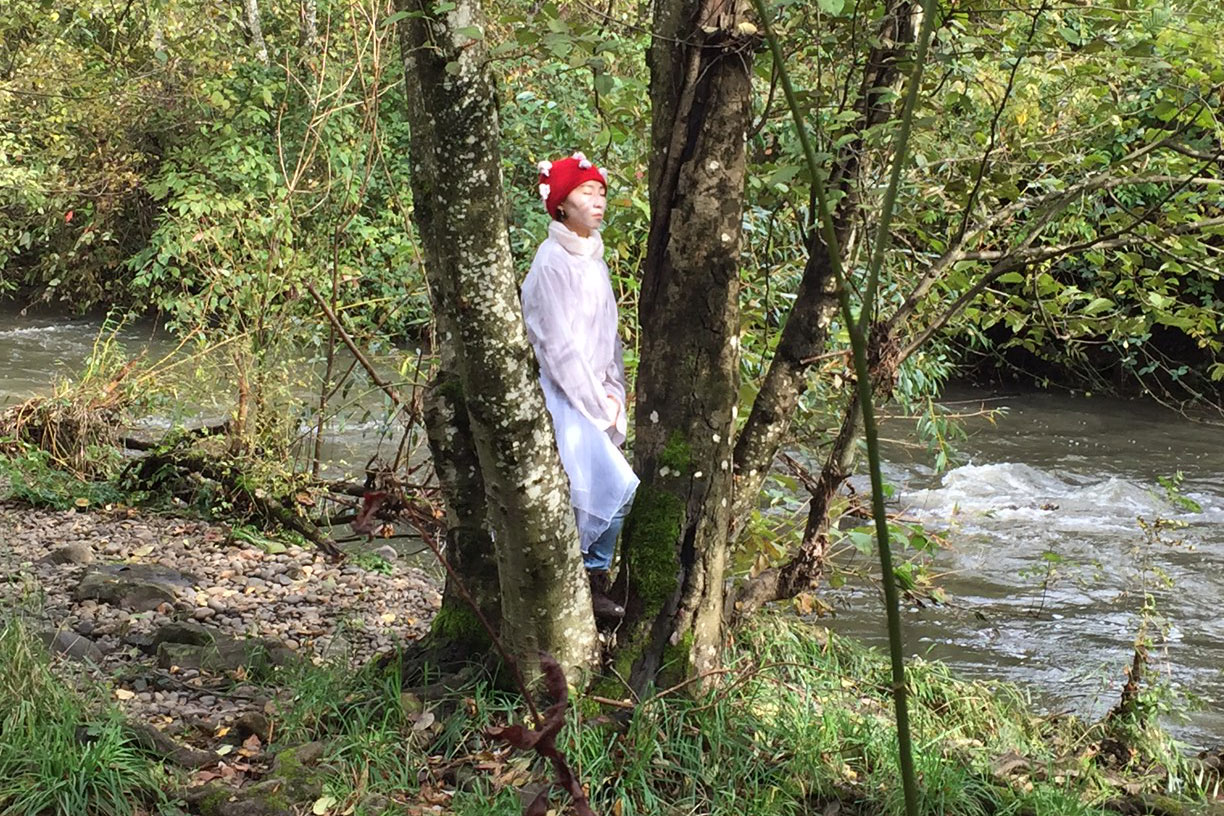Johnson Creek College
Institute: Creek College
Collaborators: Kristina Dutton and Kim Sutherland
OCTOBER 2016 — JOHNSON CREEK COLLEGE, PORTLAND, OREGON
CLASSES AND PROJECTS
THE SPRINGWATER CORRIDOR SWEEPS: A CONVERSATION
Lauren Moran
—
A workshop and conversation facilitated by artist Lauren Moran aimed to discuss and dissect the issues of homelessness and houselessness in Portland and the events that occurred at the Johnson Creek. By partnering with community members connected to and impacted by the issues at hand, the class aimed to create a dialogue, generate ideas and increase awareness around what happened and how it has affected the people and place involved. The barter for this workshop was the creation of a zine documenting the conversation along with questions from participants and community members. You can download a pdf of the zine here.
STEPPING IN THE SAME RIVER TWICE
Roz Crews and Spencer Byrne-Seres
—
A two day class pointing to the age-old adage, “you could not step twice into the same river,” made famous by Heraclitus, a pre-socratic greek philosopher of the sixth century BC. A poetic interaction with the creek spanning two days wherein participants collected water at the confluence of Johnson Creek (based on the amount of water displaced by their foot) and gathered a week later at the headwaters to pour it back in, giving it a second chance to flow.
BOOKMAKING AND NATURE JOURNALING
Lauren Moran and Erika Dedini
—
An introduction to the art of bookmaking and binding with a focus on the history of nature journals. Books were created and used to collect information on plant and animal species around the Johnson Creek.
CREATIVELY MAPPING SOUNDSCAPES
Lisa Schonberg
—
Our urban soundscape is quite often jarring—a cacophony of sounds from construction, traffic, and other mechanical and human elements. City parks offer some buffer to this anxiety-inducing reality, and provide new combinations of sonic elements. Participants took decibel readings, made field recordings and produced visual maps documenting the sonic space. Listen to the field recordings here!
TERRE-TRAVAUX
Midori Hirose
—
Participants explored earth materials — clay (a soft, pliable, sedimentary material) and plaster (a soft mixture of gypsum) to create a one of a kind bas-relief. Bas-relief is a method of sculpting that is closest to drawing. It is a shallow three-dimensional composition created on a flat surface. In this class participants studied the Johnson Creek's local flora and fauna to draft their concepts through sketches. From the sketches, they sculpted clay using a subtractive and additive method to create a mold. Once the clay was sculpted, a plaster bas-relief was created from the clay bringing their concepts to fruition.




